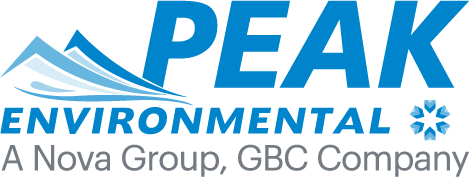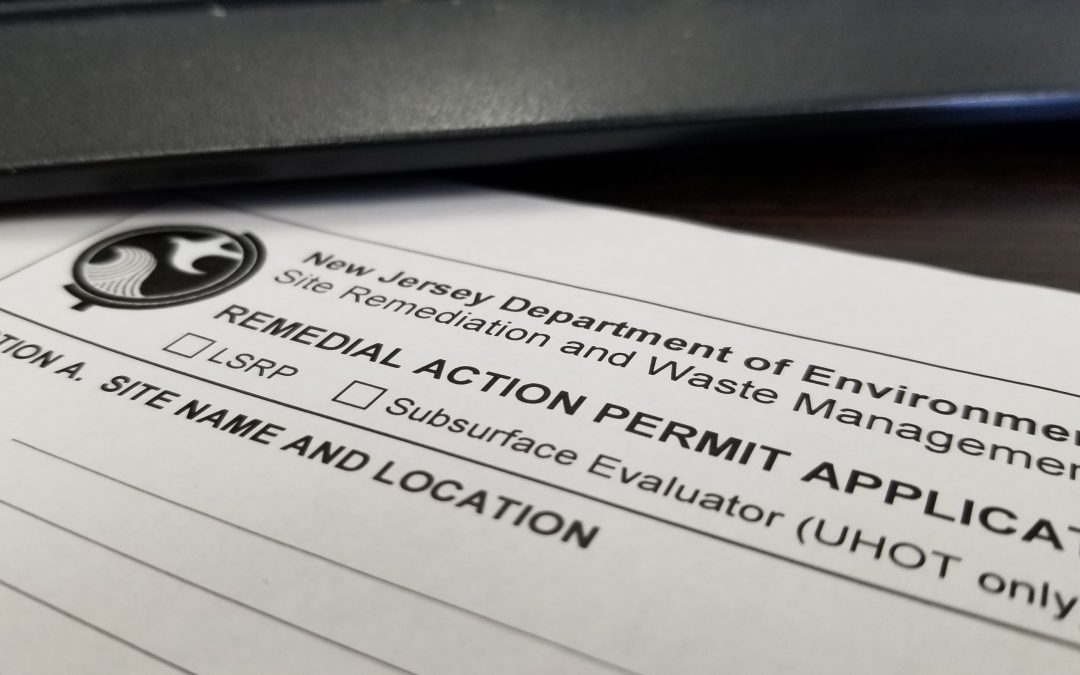 As promulgated in the NJ Site Remediation Reform Act (SRRA), the protection of receptors is the highest priority of Licensed Site Remediation Professionals (LSRP), and the identification and protection of potential receptors are critical components of remediation at properties where releases of hazardous materials have occurred. SRRA allows the use of a Remedial Action Permit (RAP), under which contaminants can remain on the property, provided features protecting receptors are in place. The RAP is therefore a significant milestone, as it generally indicates the site is fully characterized and, in many cases, costly active remediation steps are complete. The RAP concept acknowledges the technical and logistical difficulties of remediating all the way to regulatory standards. This is especially true regarding groundwater plumes, which are typically a slower remedial process and leaving some contaminants in place to undergo natural degradation processes, known as Monitored Natural Attenuation (MNA), is necessary, again with receptors protected.
As promulgated in the NJ Site Remediation Reform Act (SRRA), the protection of receptors is the highest priority of Licensed Site Remediation Professionals (LSRP), and the identification and protection of potential receptors are critical components of remediation at properties where releases of hazardous materials have occurred. SRRA allows the use of a Remedial Action Permit (RAP), under which contaminants can remain on the property, provided features protecting receptors are in place. The RAP is therefore a significant milestone, as it generally indicates the site is fully characterized and, in many cases, costly active remediation steps are complete. The RAP concept acknowledges the technical and logistical difficulties of remediating all the way to regulatory standards. This is especially true regarding groundwater plumes, which are typically a slower remedial process and leaving some contaminants in place to undergo natural degradation processes, known as Monitored Natural Attenuation (MNA), is necessary, again with receptors protected.
A groundwater RAP Application must be submitted for NJDEP review and approval, and NJDEP review time is typically slower than that required by regulations. NJDEP clearly recognizes this and track their reviews to identify causes of long turnaround times. In a policy statement issued in November 2019, they identify some common reasons for delay in the RAP review and approval process: delineation of groundwater is often incomplete; and key information/data needed to select MNA as the remedial alternative is often missing. Existing NJDEP guidance documents provide minimum technical requirements needed to comply with RAP regulations, and the policy statement is an awareness campaign to reduce the number of incomplete Applications for the frequent issues.
Groundwater delineation requirements are specified in 7:26E-3.4, with details in the Groundwater Guidance, and generally say that each contaminant present must be horizontally and vertically delineated to its Ground Water Quality Standard (GWQS). To achieve initial compliance for delineation during investigation stages, NJDEP guidance and policy allow fate and transport modeling, rather than actual sampling, to determine both vertical and horizontal extent. However, actual sample data is necessary to demonstrate compliance supporting a groundwater RAP Application. DEP’s internal tracking indicates that it is typical for contaminants not to be fully delineated horizontally in many Applications. For vertical delineation, DEP notes that sampling points for this purpose are frequently not located in accordance with the Guidance.
For groundwater data sets, the MNA Guidance document presents the required number and timing of groundwater monitoring events to make proper remedial decisions. NJDEP asserts that many RAP Applications do not include data meeting the minimum number of sampling events, and many include pre-remediation data which is not typically allowed to determine concentration trends. In addition, many applications do not include an evaluation of data to characterize groundwater plume behavior, which must be stable or shrinking to support selection of MNA as a remedy. DEP also notes that many RAP Applications do not meet the requirement to document that source removal or control has been completed, which is also required to support the selection of the MNA remedy.
In summary, receptor identification and protection are critical regulatory requirements for initial and all subsequent phases of investigation at sites where a release of hazardous materials has occurred. This process typically creates a comprehensive understanding of receptors and demonstrates control of the contaminant pathway to them. While DEP allows mechanisms for some contamination to safely remain, technical regulations still require full delineation based on discrete sample results to justify, in the case of groundwater, MNA as a remedy in a RAP Application. While DEP does not discuss it in their policy statement, site-specific conditions and some level of professional judgement by the LSRP may dictate lesser requirements, especially in historically industrial areas where comingling of plumes or migration onto a site from an upgradient source is common.
Compliance Services Jeffrey Campbell

